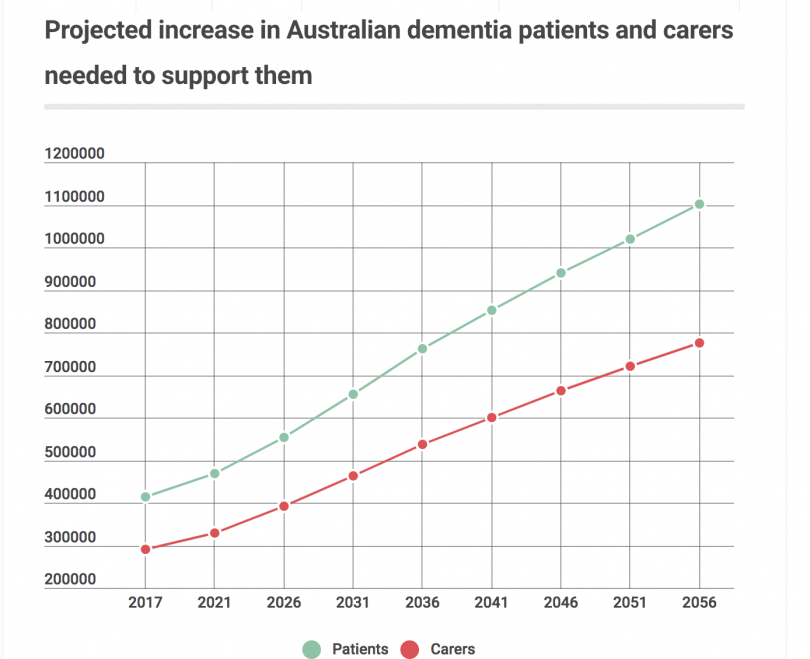(Photo: Reuters/Kim Kyung Hoon)
Meet PARO.
PARO is an social robot designed by Takanori Shibata, a Senior Research Scientist at the National Institute of Advanced Industrial Science and Technology in Japan.
PARO is designed to bring the benefits of animal therapy into environments where live animals present treatment or logistical issues, like hospitals or long term care facilities.
Shibata modelled the interactive robot after the baby harp seals he encountered on a trip to Canada. He chose the seal because people are less likely to have negative memories of the animal, like they might with cats or dogs.
Primary findings from a Griffith University published in the Journal of the American Medical Directors Association on Thursday shows there can be “significant” benefits from using Paro with patients who have dementia or anxiety.
Meet Wendy Moyle.
Remarkable People – Wendy Moyle
No Description
The cluster-randomized controlled trial conducted by Wendy Moyle and her team took place between June 2014 and July 2015.
Professor Moyle began looking for ways to help engage dementia patients after previous research indicated patients were only talked to or communicated with between two minutes and 28 minutes in a 24 hour period.
Robotic pet therapy: An emerging approach for dementia
At the 31st International Conference of Alzheimer’s Disease International (ADI), held in Budapest, Hungary, from April 21-24 2016, Wendy Moyle, RN, DipAppSci…
The trial compared the effects of session with PARO, a look-alike plush toy, and usual care on the emotional and behavioural symptoms of dementia for people living in long term care facilities.
The preliminary findings from the study found that PARO did help reduce symptoms like agitation and isolation and improve communication and eye contact in most patients.
The study also found that where there are limited resources, a plush toy is better than only usual care.
The conclusion of the study states: “PARO should not be used to replace staff time, but rather be used during those inevitable periods when staff are otherwise occupied, or when the individual may benefit from comfort from PARO.”
According to a report commissioned by Alzheimer’s Australia into the economic cost of dementia in Australia released in February this year, care for dementia patients costs Australians $14.6 billion a year.
This cost will likely grow as the ageing population contributes to a higher number of people being diagnosed with dementia every day.
In 2016, 244 people were diagnosed per day, and that number is projected to rise.
[infogram id=”projected_increase_in_dementia_patients” prefix=”l2J” format=”interactive” title=”Projected increase in dementia patients”]
Retired Occupational Therapist, Kaye Emmerson, says she thinks robots could help take some of the load off carers of an ageing population, but it will depend on how personable the robots are.
“People with dementia like things that are familiar to them. If it comes in a form that is familiar and doesn’t alarm them, it could be a solution.
“You’re potentially looking at a huge problem, and it’s not just going to be a lack of younger people able to do those jobs, but whether they are attracted to those jobs. Healthcare has never been a glamorous occupation.
“Theoretically, robots get around a lot of those problems, it just depends on whether they’ll be accepted by the patients.”
Wendy Moyle says more research is needed to better understand the effectiveness of PARO robots in dementia care.

